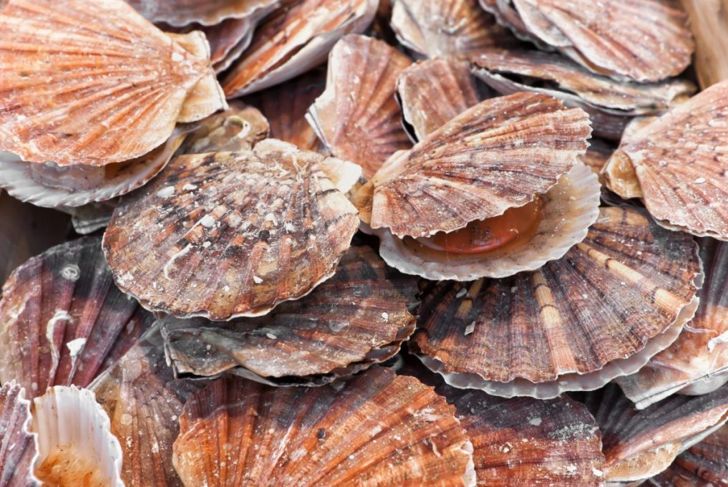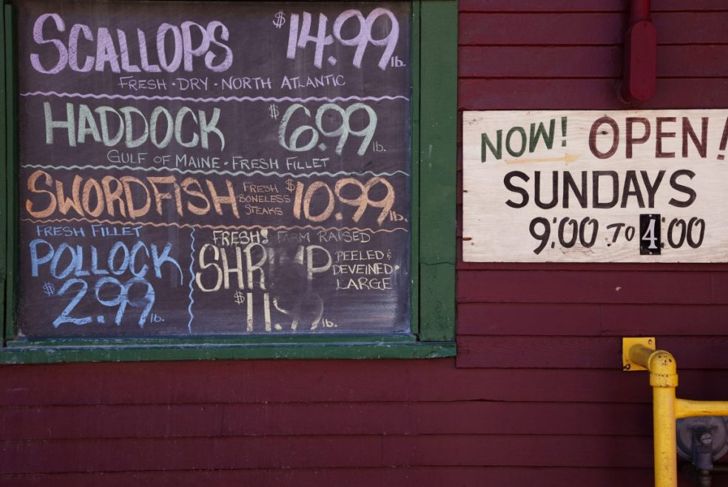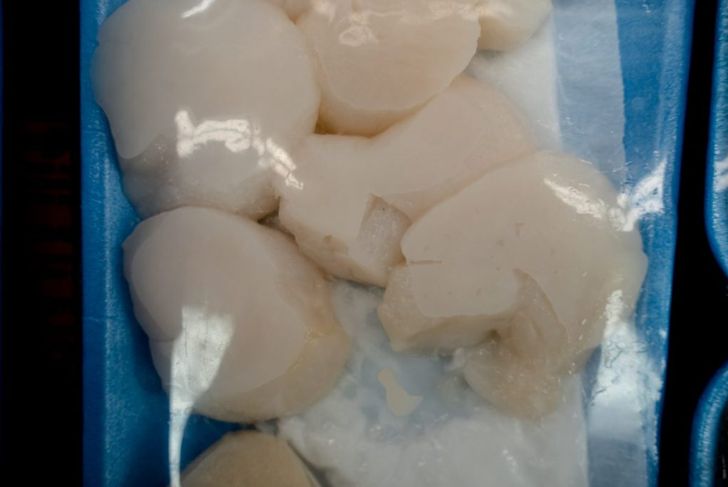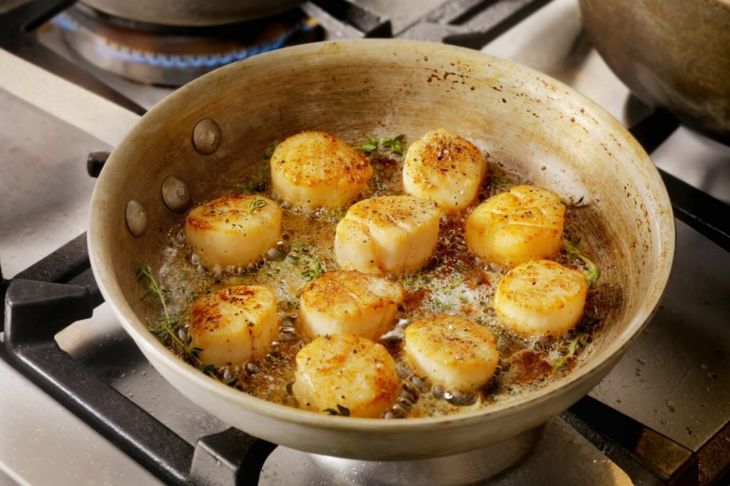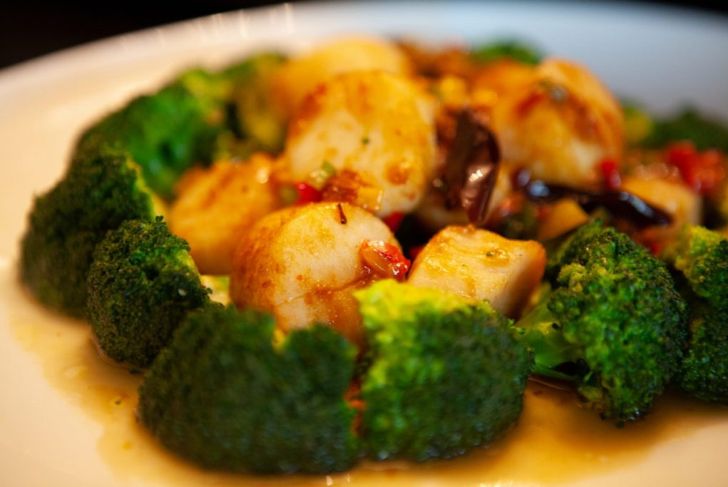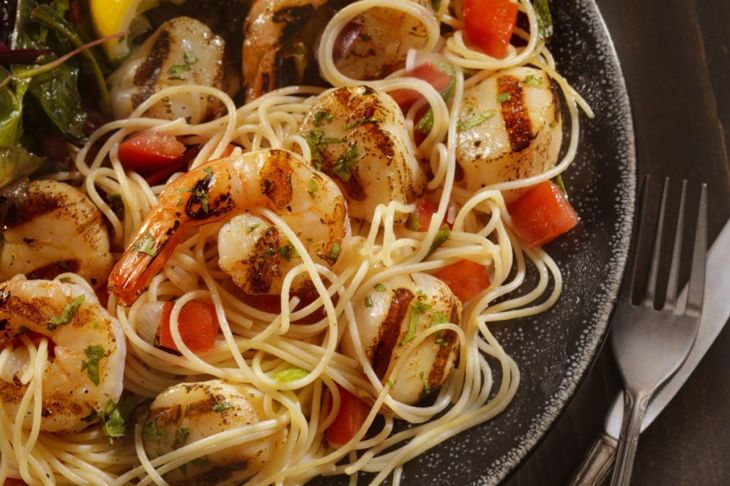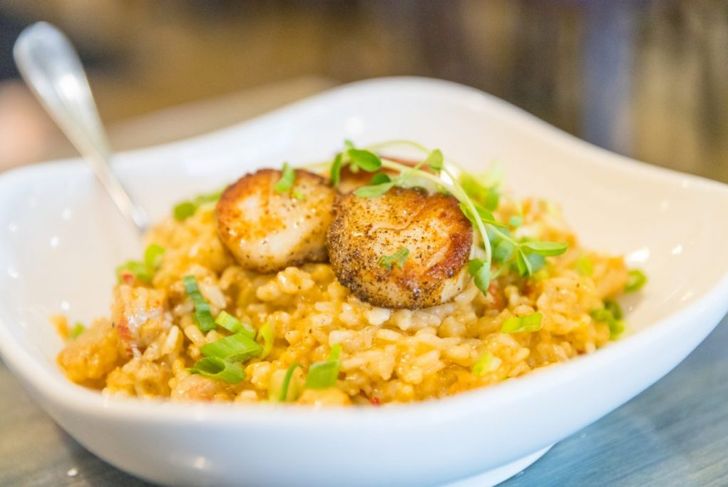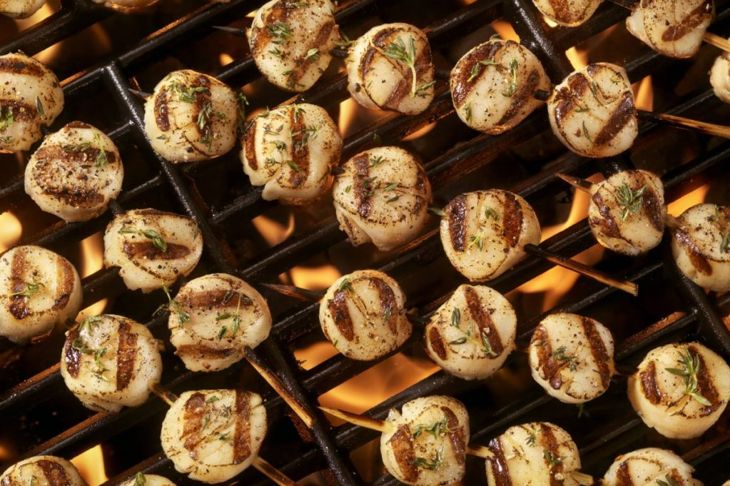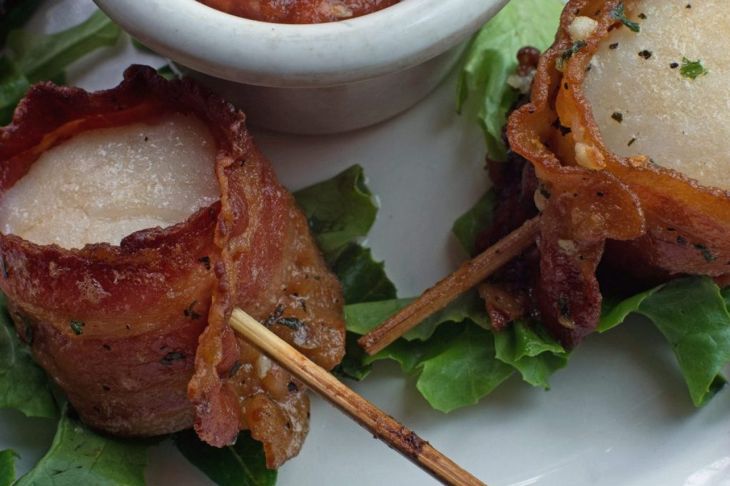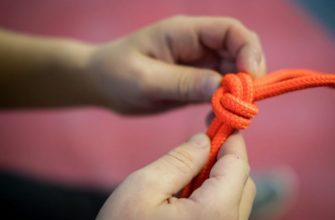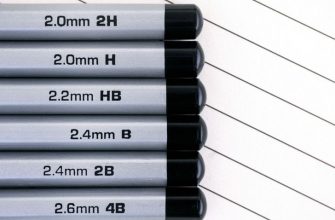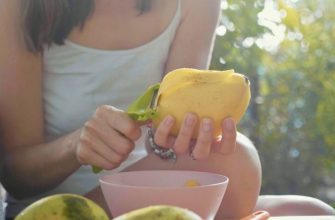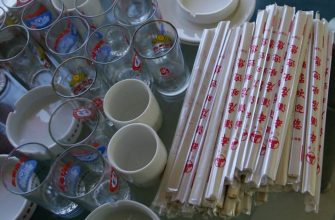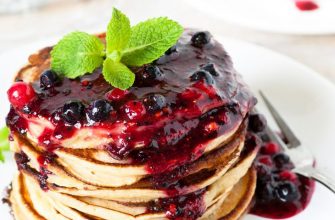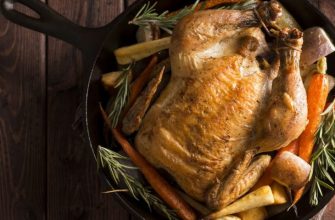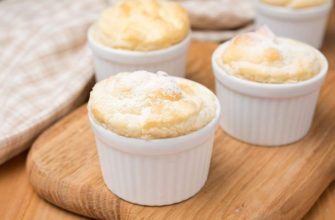The scallop has a reputation for being a difficult dish to prepare, even among professional chefs. Scallops are an elevated dish, not only because they test a cook’s true skills, but they also tend to be a costly ingredient. For these reasons, many home cooks have never considered preparing them at home. Yet, the perfectly prepared scallop is a simple dish. There’s no reason why any home cook or aspiring chef can’t master the art of cooking delicious scallops in the comfort of their own kitchen.
What is a Scallop?
Scallops are seafood, but they aren’t fish. They are bivalve mollusks. Their shell is thin, lightweight, and fan-shaped, with scalloped edges. Each line on their shell indicates one year of growth. The edible part of the scallop is the adductor muscle, which helps the scallop open and close its shell. Other shellfish, such as oysters, mussels, and clams, use their abductor muscles to filter water which leaves them vulnerable to toxins and contaminants. Scallops don’t filter water with their adductor muscle. Pollutants found in their underwater environments don’t tarnish this mollusk. That’s why seafood connoisseurs say the scallop is one of the cleanest shellfish available.
Types of Scallops
Although there are 300 different species of scallops, the two most common types sold in markets and served in restaurants are bay scallops and sea scallops. Choose those that originate in Canada or the U.S.
- Sea scallops live in the deeper waters of the North Atlantic Ocean, from Virginia to northern Canada. They are available year-round and grow up to 8-inches in diameter. Bottom dredge trawling boats harvest them by raking the ocean floor. Scallops that divers hand-harvest at depths of 70 feet or more are diver scallops.
- Bay scallops are smaller than sea scallops with 18-month lifespans. Their habitats are closer to the shoreline. Boats harvest bay scallops between November and March and they're harvested only in their second year. They cost more than sea scallops for this reason. One of the most scarce varieties is the Nantucket bay scallop, which is also the most expensive shellfish.
Scallop Sizes
Merchants and stores sell scallops according to how many of them it takes to equal a pound. The smaller the number, the larger the scallop. For example, 20/30 means it takes between 20 and 30 scallops to make a pound. There may a “U” preceding the number on some scallops. If you see U/10, that means it takes fewer than ten scallops to make up a pound. Because bay scallops are smaller, it takes more of them to make a pound. You’ll see a designation of 70/120. This means between 70 and 120 scallops create a pound.
Dry-Packed Vs. Wet-Packed Scallops
Always choose dry-packed scallops if they’re available. Their label designates them as “dry-packed” or “chemical-free.” Distributors soak wet-packed scallops in sodium tripolyphosphate, an ingredient for soaps and detergents. This solution extends the scallop’s shelf life and plumps it up. It also increases the amount of water it can hold. When a cook prepares wet-packed scallops, the extra liquid drains out of them and leaves a milky-white liquid in the pan. This makes it impossible to sear the scallops properly. Untreated dry-packed scallops are slightly sticky to the touch. Processed scallops feel slick.
Perfect Pan-Seared Scallops
Remember to pat-dry the scallops first. Season one side with salt and pepper. Always preheat the pan over high heat for a couple of minutes before adding the oil. Choose an oil with a high smoke point, such as extra virgin olive oil or safflower oil. Place the scallops in a clockwise position around the pan. You should hear them sizzle. Now season the top side. Some cooks like a little lemon juice squeezed across the tops. Timing is everything with seared scallops. Overcooking makes them tough and rubbery. After one to two minutes, the scallops should be a light, golden brown. Beginning with the first scallop, you placed in the pan, use tongs to turn them, one at a time. Cook for one minute and quickly remove the scallops from the pan. The top of the scallop bounces back slightly when done. Serve immediately.
Thai Scallop Sauté
This recipe offers an Asian twist to scallops. It maintains the flavor of the seared scallops but adds a colorful variety of tasty vegetables to increase the nutritional value. After pan-searing the scallops, stir fry broccoli florets, sliced onions, zucchini, and carrots together in olive oil until tender, but still crisp. Add about ¼ cup of Thai peanut sauce and ¼ teaspoon of salt. Add the seared scallops to the pan with the vegetables and peanut sauce and heat through but don’t overcook. You’ll end up with soggy, limp vegetables and rubbery scallops. Serve over rice.
Seared Scallops and Pasta
Serve pan-seared scallops on top of cooked fettuccine, tossed in sautéed red peppers, garlic, lemon zest, and pepper flakes. Try sautéing grape tomatoes, garlic, red pepper flakes, and parsley in butter. Add the seared scallops, then toss with linguine or spaghetti noodles for a tasty, but light, meal. Another option is to use a short pasta such as penne or rotini pasta. Sauté the garlic, then add some lemon zest and juice. Combine with the cooked pasta and some baby arugula. Top with seared scallops.
Sea Scallop Risotto
Create a delicious entree with two elevated ingredients: seared scallops and creamy risotto. Choose any short-grained Italian rice to prepare your risotto. Arborio is available in most grocery stores. The risotto takes about 25 minutes to cook, so don’t start cooking the scallops until after the risotto is ready and set aside to rest. If desired, stir fresh tarragon into the risotto to add additional flavor. Spoon the risotto into bowls and top with 3 scallops. Serve immediately.
Grilled Scallops
To add a smoky flavor to scallops, try grilling them. Larger scallops work better. Remember to pat dry each scallop before seasoning. Toss the scallops in olive oil and coat all sides. Season with salt, black pepper, and lemon pepper. If not grilling the scallops right away, store them in the refrigerator. Grill the scallops for about 2 minutes on each side on a medium-high grill, or until both sides are a golden brown color with caramelized edges. Remove from the grill and serve.
Bacon-Wrapped Scallops With Pear Sauce
Sweet, smoky flavors enhance the scallops in this recipe. Cook the slices of bacon in a 375-degree oven until they’re done, but not crispy. Drain on paper towels and keep warm. In a saucepan, combine the pear preserves, soy sauce, brown sugar, and crushed red pepper flakes. Bring to a boil, then reduce heat to a simmer. Leave uncovered and allow the mixture to thicken. Wrap a slice of bacon around uncooked scallops and secure with toothpicks. Season each scallop with salt and pepper. Cook in oil over medium-high heat until firm and opaque. Remove from heat and serve with the pear sauce on the side.

 Home
Home Health
Health Diet & Nutrition
Diet & Nutrition Living Well
Living Well More
More